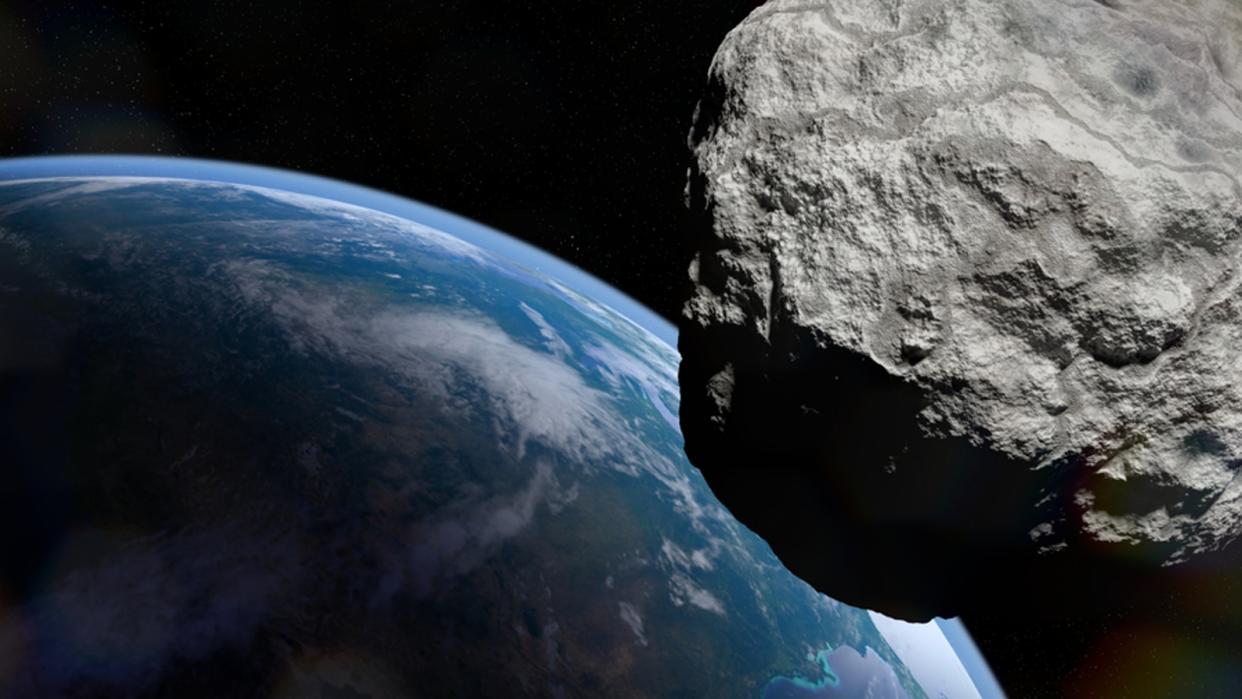How to watch a 'potentially hazardous' asteroid the size of Earth's tallest building zoom past the planet Sunday

A potentially hazardous asteroid the size of a skyscraper will zoom safely past Earth on Sunday (June 11), coming within about 1.9 million miles (3.1 million kilometers) of our planet — about eight times the average distance between Earth and the moon, according to NASA.
Dubbed 1994 XD, the asteroid is estimated to measure between 1,200 and 2,700 feet (370 to 830 meters) in diameter, making it potentially about as large as Dubai's Burj Khalifa, the tallest building on Earth. Earlier observations showed that the rock is a binary asteroid, composed of a large asteroid with a smaller "moonlet" orbiting it.
If you'd like to witness the meaty space rock's close approach yourself, you can watch a livestream courtesy of the Virtual Telescope Project, which will broadcast the asteroid flyby on Sunday beginning around 8:50 p.m. EDT.
related stories
—How many satellites orbit Earth?
—What happened when the dinosaur-killing asteroid slammed into Earth?
—What are the largest impact craters on Earth?
Even though the roving space rock will miss our planet, NASA still classifies it as a potentially hazardous asteroid, given its size and relative proximity to Earth. Any object larger than 460 feet (140 m) in diameter that orbits within 4.65 million miles (7.48 million km) of Earth, or roughly 20 times the average distance between Earth and the moon, is considered potentially hazardous, as an unexpected tweak to such an object's orbit could send it on a collision course with our planet.
Currently, no known objects of this magnitude are at risk of hitting our planet for at least the next 1,000 years, a recent study found.
However, in case a large space rock were to pose a direct threat to our planet, NASA and other space agencies are working on methods to thwart it. In 2022, NASA completed its Double Asteroid Redirection Test mission, which intentionally smashed a rocket into an asteroid to alter the space rock's orbital speed. The mission did not destroy the asteroid outright, but it did prove that head-on rocket attacks are capable of changing a space rock's orbital parameters in significant ways — making missions like this a viable method of planetary defense, NASA said.

